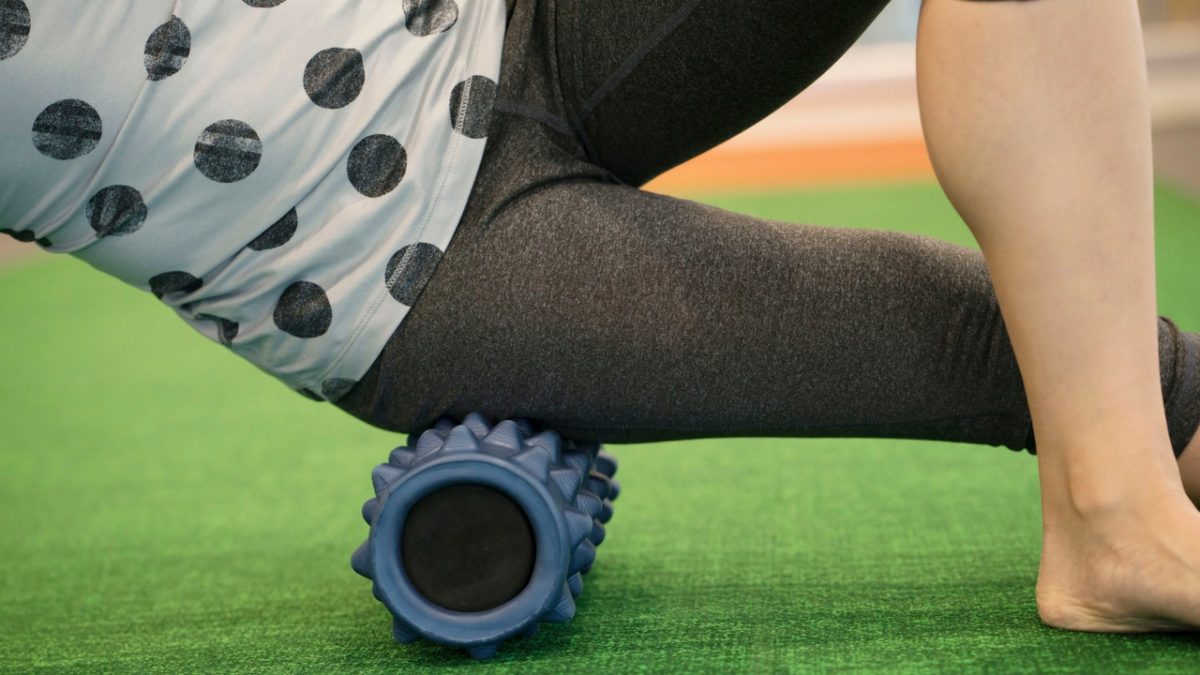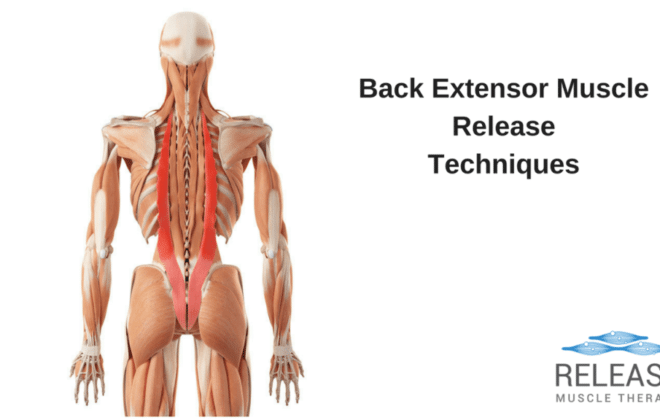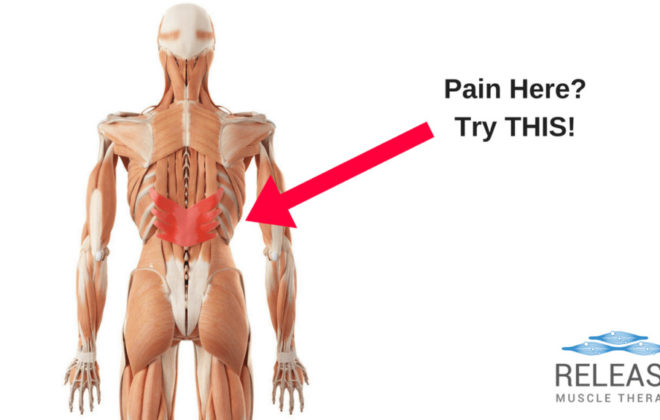Guide To Foam Rolling For Those That Hate Foam Rolling
Let’s be honest. Foam rolling sucks. It’s as simple as that - no one likes to do it.
Unfortunately, that’s why it never gets done, or gets done in a half-assed manner.
If you’re reading this, I’m quite sure you’re already aware of the value of doing soft-tissue work.
If not, go HERE to learn more.
When I do massage work on clients, I usually send them home with homework in the form of foam rolling, stretching and muscle activation exercises, and there is definitely a pattern of skipping the foam rolling once things are better.
BUT…you need to maintain health of your tissues.
Foam rolling is an excellent form of self-massage with the ability to relieve muscle tightness and pain, aid in recovery, and correct larger tension patterns.
Although traditional stretching can be very beneficial in its own way, it often fails to provide adequate pain relief as it simply doesn’t reach deep enough in the specific areas of your body where tension is located.
Foam rolling on the other hand, involves applying direct and profound pressure to the very root cause of tension, which allows it to release trigger points and break up adhesions between muscles in a highly effective way.
Foam rolling also has a number preventative benefits, which I like to refer to as “pre-hab” values. These include:
Improved Circulation
Myofascial release breaks up tight areas where blood flow might be restricted, thus improving circulation and in extension overall health.
Increased Range of Motion & Improved Flexibility
Foam rolling is an excellent and safe alternative to pre- and post-exercise stretching.
Decreased Stress Levels
Myofascial release has the potential to lower the stress hormone cortisol.
Decreased Post-Exercise Soreness
Foam rolling can significantly reduce the chances of delayed onset muscle soreness or DOMS, which is characterized by pain and stiffness 24-48 hours after intense exercise.
Prevention of Injury
Foam rolling is an excellent tool for keeping your muscles flexible, which is one of the best way to prevent injuries resulting from overuse and overtraining.
Now that we’ve established the many benefits of foam rolling, let’s circle back to the biggest issue:
Lack of consistency
As we all know, failing to plan is planning to fail. In other words, you need to create a plan to get the essentials in with minimum time, pain and effort.
There are many reasons why people avoid foam rolling at all cost (literally). Below, I’ve listed some of the more common ones I hear along with tips on how to overcome these barriers.
“It hurts”
TIPS:
- Do a quick cardio warm-up before rolling. This will warm up your tissues and help avoid rolling on "cold" muscles, which will be more sensitive to the pressure. etc.
- Try rolling AFTER each workout for less discomfort (unless you need to roll in order to train). Your muscles will be warmed up from exercising and it will be much less painful than if you were doing it before your workout.
“I’m too lazy”
TIPS:
- Perform while watching TV. You know those shows you watch that aren’t any good, but you watch them anyway? Roll while watching those! Scroll down to the bottom of the article for tips on exercises.
“It’s too time consuming”
TIPS:
- Practice quality over quantity. Foam roll the areas that are WORTH foam rolling. Use the right tool for right area - the foam roller isn’t the best tool for some muscles. In other words, be efficient and make it worth it.
- Save painful rolling exercises for the gym. Getting yourself to the gym means you’ve already left your comfort zone – why not take advantage that? Realistically, you’re much more likely to get it done after a tough workout session than if you were relaxing at home.
“It’s boring”
TIPS:
- Vary your rolling exercises. You don’t go to the gym performing the same workout every day, do you? Choose 1-2 rolling exercises (link to CTA) per workout and make them specific to the body part(s) you’re focused on that day; such as legs, upper body, back, etc.
“I’d rather just get a massage”
TIPS:
- You know exactly where it hurts. One of the main benefits of foam rolling is that you know exactly where it hurts and are able to control the intensity of the therapy by yourself. Professional massage work is a great way to address your soft tissue needs, but unless you're getting hands-on work done a few times per week, adding supplemental foam rolling work (link to CTA) can expedite your results and supplement the professional work.
A FINAL TIP is to stay on top of tension patterns that are reflective of your lifestyle, which means ergonomics at work, exercise habits, posture, etc.
Top Areas That Need Addressing & Helpful Exercises
Some parts of the body need more attention than others, and below you’ll find a list of the top areas that needs addressing along with helpful exercises to get you started.
IT Band - Lateral Quadricep
Glutes
Lats - Teres Major
Thoracic Spine Mobilization
Foam Roll Pec Stretch
Foam Roll Adductors
Tags In
Sam Visnic
Most Popular Posts
Categories
- Deep Gluteal Pain Syndrome (8)
- Deltoids (2)
- Foam Rolling (2)
- Glutes (9)
- Hamstrings (5)
- Hypnosis for Pain (3)
- Lats (2)
- Levator Scapulae (4)
- Lifestyle (8)
- Massage Therapy (39)
- Mobility (21)
- Movement and Exercise (19)
- Muscles (22)
- Nutrition (2)
- Obliques (1)
- Pain (25)
- Pectorals (3)
- Piriformis (3)
- Plantar Fasciitis (11)
- Psoas (11)
- Quadratus Lumborum (3)
- Quadriceps (2)
- Rhomboids (3)
- Sciatica (1)
- Serratus Anterior (1)
- SI Joint (14)
- Sternocleidomastoid (1)
- Stretching (18)
- Subscapularis (1)
- TMJ (2)
- Trapezius (1)
- Uncategorized (12)










